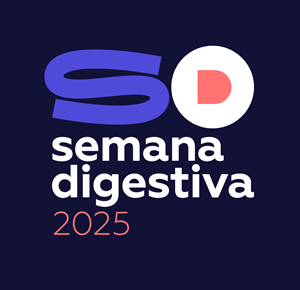On admission she was actively bleeding but hemodynamically stable. Second look esophagogastroduodenoscopy was unremarkable and colonoscopy with ileoscopy showed blood and recent clots in all segments, with no potentially bleeding lesions identified.Then, a single-balloon enteroscopy was performed and revealed multiple jejunal diverticula, one of them in the proximal section with a clot which was removed revealing a visible vessel (Figures 1, 2 and 3). Endoscopic therapy was accomplished with epinephrine injection followed by application of 4 hemostatic clips (Figures 3 and 4). A tattoo was placed to mark the site (Figure 5).The patient remained well and no bleeding recurrence was reported for the following two years.Report-motivation: Jejunal diverticulosis is rare and often an asymptomatic condition. However, they can present with acute and severe complications such as bleeding, inflammation, perforation, or intestinal obstruction. The diagnosis of jejunal diverticular hemorrhage is challenging and delay in the diagnosis is common and frequently associated with significant morbidity and mortality. Surgery is the usual treatment. However, overtube-assisted enteroscopy has been used not only to diagnose but also to treat small bowel diverticular bleeding as demonstrated in the present case.

 Semana Digestiva 2025 | Todos os direitos reservados
Semana Digestiva 2025 | Todos os direitos reservados